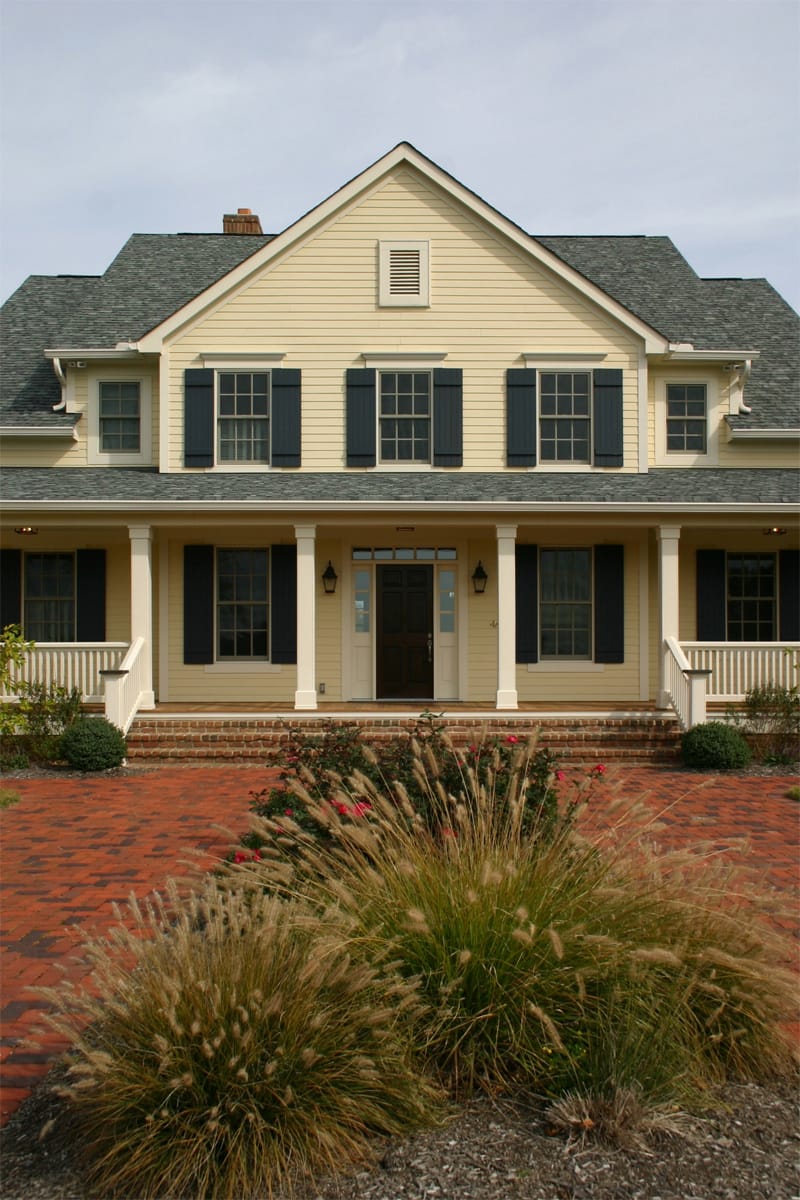Although glass and screens have eliminated the practical need for shutters, they’re still popular for decoration.
“They add another layer of thoughtful detailing to a house,” says Ted Cleary, a landscape architect in Charlotte, N.C.
But to get the right look, you still have to consider function when choosing and hanging shutters, experts say.
“Beauty in architecture, as with many objects, often stems from seeing a detail that illustrates its purpose,” Cleary says.
A pair of shutters can cost anywhere from $100 to more than $1,000. Some tips on choosing the right ones for your home:
• SIZE.
Originally, shutters were used to keep out weather, noise and animals; when closed, they had to cover the whole window.
So shutter size is the most important thing to consider, says Lindsay Daniel, a Charlotte architect, who agrees with Cleary that homeowners must “think function first, not decoration.”
Make sure the shutters meet and completely cover the window opening. Otherwise, she says, the shutter “looks like a stupid afterthought.”
This means that shutters don’t work on double-width or picture windows, says Richard Taylor, an architect and president of RTA Studio in Dublin, Ohio. “To my eye anyway, it looks ridiculous,” he says.
And take care about their shape when hanging shutters on arched windows, Cleary adds. “Shutters are perfectly legitimate on arched windows as long as the (closed) shutter covers it,” he says.
• MATERIAL.
Shutters are primarily made of wood, composite material or vinyl.
Vinyl shutters are typically mounted directly onto the side of the house, which means they break the rule about looking functional, Taylor says.
He prefers wood, which looks the most authentic but does require regular maintenance, or composite products, a low-maintenance alternative.
• STYLES.
Louvered shutters, made with horizontally slated boards, are probably the most common style in America, Cleary says. When shutters served as the primary window covering, people in hotter climates used louvered ones to allow fresh air into the house.
Panel shutters have a traditional look. They are solid pieces that resemble small doors, and are often inset with square or rectangle patterns. They were regularly used on Colonial-era homes in New England and were a good defense against snow and rain.
Board and batten shutters are made with three or four vertical boards of the same size connected with narrow horizontal boards. They have a rustic appearance and were often used on country houses or barns. They are the easiest style for do-it-yourselfers to make at home, Cleary says.
• HARDWARE.
Shutters look best when they are hung as though they are going to be opened and closed, Cleary says. That means using hinges and mounting them onto the window casing — not attaching them to the house.
Cleary also recommends adding metal tiebacks, sometimes called shutter dogs, to hold open shutters in place. The hardware, including shutter dogs and hinges, can cost up to $100 for a pair of shutters.
“It looks a lot richer. There’s more depth to them when they are not pasted to the (house),” he says.
• BE CONSISTENT.
Don’t feel you have to put shutters on every window. It’s better to have some windows without shutters than to put them on windows that are too wide for them.
Don’t use a shutter on one side of a window where a door or the corner of the house prevents you from adding its mate.
Do consider painting shutters the same color as your front door.



